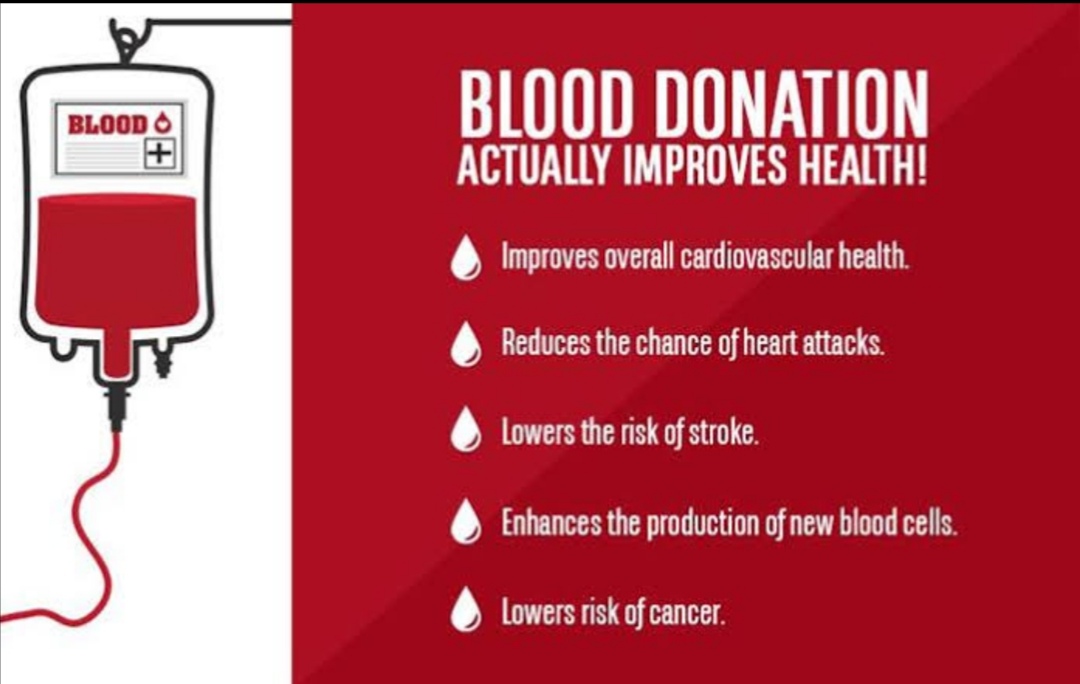The Lifesaving Gift: Understanding Blood Donation and Its Processes
Blood donation is a brilliant act that has the power to save lives and make a profound difference in the health and well-being of individuals in need. In this article, we’ll explore the importance of blood donation, the process involved and how individuals can contribute to this lifesaving endeavor.
From trauma victims to patients undergoing surgery or battling serious illnesses, donated blood is a vital resource that is essential for medical treatments and procedures.
The Importance of Blood Donation
Blood is a precious resource that cannot be manufactured or replicated. It plays a crucial role in various medical treatments and procedures, including surgeries, cancer treatments, organ transplants and emergency care for trauma patients.
Sometimes, there’s not enough blood for everyone who needs it, so it’s really important for people to give blood regularly to make sure there’s always enough for those who need it.
Who Can Donate Blood?
While most people are eligible to donate blood, there are certain criteria that donors must meet to ensure the safety and efficacy of donated blood. Generally, donors must require the following:
- Be in good health
- Meet the minimum age requirement (usually 17 or 18 years old)
- Meet weight requirements
- Not have certain medical conditions or infectious diseases
- Not have engaged in high-risk behaviors that could affect blood safety (such as intravenous drug use or unprotected sex)
The Blood Donation Process
The blood donation process typically involves several steps which is given below:
1. Registration and Screening: Donors are required to provide basic information and undergo a health screening to ensure they meet eligibility criteria and that their blood can be safely used for transfusion.
2. Medical History Questionnaire: Donors are asked to complete a questionnaire about their medical history, lifestyle, and travel history. This information helps identify potential risk factors that could affect the safety of donated blood.
3. Physical Examination:A healthcare professional will conduct a brief physical examination to check vital signs such as blood pressure, pulse, and temperature.
4. Blood Donation:Once cleared for donation, donors are escorted to a donation area where a sterile needle is inserted into a vein in their arm. Blood is then collected into a specialized bag, typically containing anticoagulants to prevent clotting.
5. Post-Donation Refreshments: After donating blood, donors are encouraged to rest and replenish fluids with complimentary refreshments provided by the donation center. This helps prevent dizziness or lightheadedness after donation.
Types of Blood Donation
There are several types of blood donation is included in below:
- Whole Blood Donation: The most common type of donation, where a unit of whole blood is collected and used for transfusion.
- Apheresis Donation:In this type of donation, specific blood components such as platelets, plasma, or red blood cells are collected using a specialized machine, and the remaining components are returned to the donor.
After Donation
After donating blood, donors are advised to do the following work:
- Avoid heavy lifting or strenuous activity for several hours.
- Keep the donation site clean and dry.
- Drink plenty of fluids to help replenish lost fluids and maintain hydration.
- Monitor for any signs of complications, such as excessive bleeding or faintness.
Conclusion
Blood donation is a simple yet powerful way to make a positive impact and save lives. By understanding the importance of blood donation, the eligibility criteria, and the donation process, individuals can contribute to ensuring a stable and sufficient blood supply for those in need. Whether donating whole blood or specific blood components, every donation has the potential to make a difference and provide hope to patients facing medical challenges. Consider becoming a blood donor and join the lifesaving effort today.
Must read

